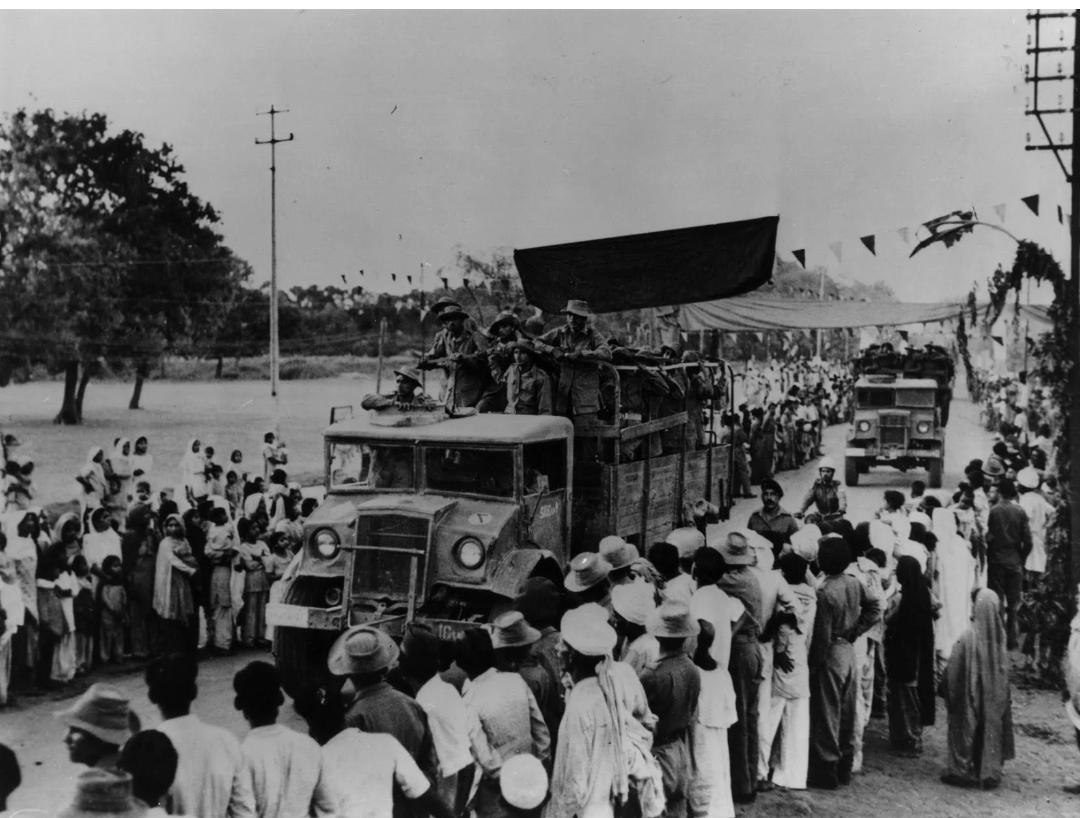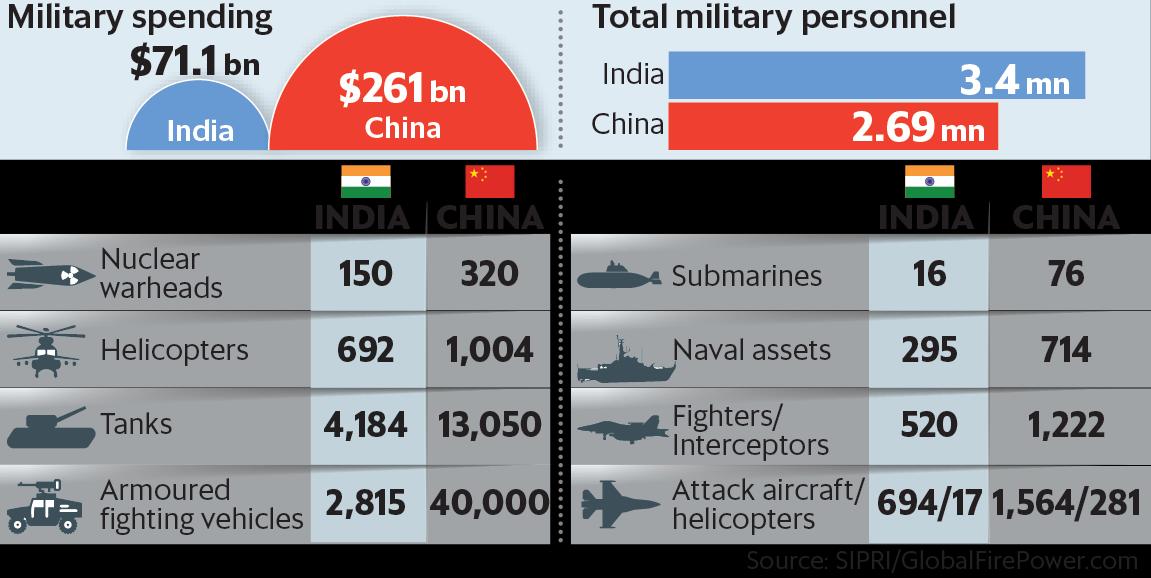After the clash in Galwan Valley, both the nuclear powers are putting the allegations against each other of crossing the poorly demarcated border, which provoked the fight.

Undoubtedly, this clash in which India lost 20 of its soldiers is one of the deadliest between the two nuclear-armed nations in decades.
The face-off between India and China is reported to have not observed any exchange of gunfire. Instead, army men from both the nuclear nations fashioned weapons from whatever they could find at such an inhabited area of Galwan, some 14,000 feet above sea level.
What is LAC and its dispute?
The conflict dates back to the onset of 20th century, somewhere around 1914, when representatives from Britain, the Republic of China and Tibet gathered in Simla, what is now in India, to negotiate a treaty that would determine the status of Tibet and effectively settle the borders between China and British India.
The treaty was meant to make Tibet an autonomous body, thus led China to initially accept the proposed terms, but later on, they repudiated. Contrary to it, Britain and Tibet signed a treaty establishing what would be called the McMahon line, named after a British colonial official, Henry McMahon.
India considers that McMahon Line, a 550-mile frontier that extends through the Himalayas, is the official legal border between China and India. But China has never accepted this.

In the year 1962, China attacked India and occupied the region of Aksai Chin. Hence, there is no mutually agreed Line of Actual Control (LAC) along certain stretches of the 3,488-km long Indo-China border.
Is China genuinely stronger?
In the year 2019, China spent close to $261 billion compared to India’s $71.1 billion on defence. Although China transcends India on most numbers, in the case of ground troops there is not much difference. There are an estimated 225,000 Indian ground forces in the conflict region, compared to 200,000-230,000 Chinese soldiers.

The study of Kennedy School’s Belfer Centre for Science and International Affairs (Harvard), the Indian Air Force with its Mirage 2000, and Sukhoi Su-30 jets has a qualitative edge over China’s J-10, J-11, and Su-27 aircraft. India’s fleet comprises all-weather, multi-role aircraft, while China has only J-10 which can bear all those responsibilities.
Also, India is far more experienced in terms of battle as it is witnessing with Pakistan on the Line of Control (LOC). China’s People’s Liberation Army has not come across this kind of encounter after the Vietnam War in 1979. India has an edge at high altitudes. It also maintains a string of air bases near China’s border where it can launch aircraft, the Belfer study says.
Fielding placed at the borders
Chinese fighter aircraft operate with half payload and fuel. This is because of the high altitude of Chinese air bases in Tiber and Xinjiang with the difficult geographical and weather conditions. On the other hand, India has built its bases near the border, placing an emphasis on infra, base resiliency, better command, communication systems and, air defence. The Chinese air force uses eight bases in the region but most of them are civilian airfields at troubled elevations. Refueling could give Chinese planes more payload but they don’t have enough tankers.
Even though both India and China are nuclear nations, but when it comes to technology and new weapons, China surpasses India. Also, the Economy of China is five times India’s. But in terms of international affairs and diplomacy, India has an upper hand. Participation in joint military drills with the US, Japan, France, and, Australia fortifies the place of India. In the event of a large-scale conflict, US intelligence could help India get a clearer picture of the battlefields. Contrary to it, China has been on bad terms with many other nations, including – US, Australia, Vietnam.
[zombify_post]




